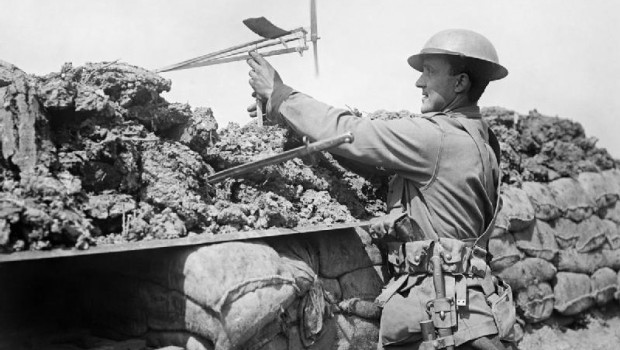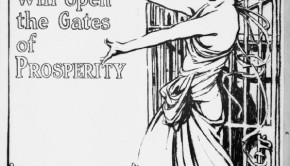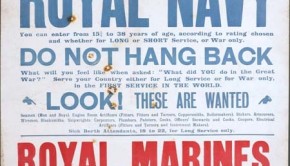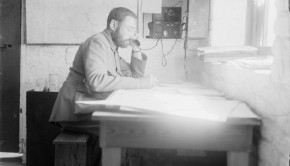Introducing the World War One Discovery Project
Welcome to the World War One Discovery project blog.
You might have noticed that we’ve quietly been publishing a few of posts giving information on the aims and objectives of the project, along with details about the project team and our timeline. I thought in this post that I’d try and capture what we’re aiming to do in a more succinct way, as well describing where we’ve got to so far, as we’ve already been doing quite a bit of work in the background. This lead in work has been based on a related phase one project undertaken by Kings College London. This core of the King’s work has been to identify suitable First World War data sources for use in our project, i.e. phase two. What ‘suitable’ means will hopefully become clearer below. Kings are also in the process of providing us with some broad requirements for user interfaces.
The one liner we’ve come up with for our project, i.e. phase two, is “the WW1 Discovery project aims to make resources about the First World War more discoverable, and find new and innovative ways to present this content for the benefit of education and research“. What this amounts to in practice is framed by the aims of the JISC Discovery initiative, of which the WW1 Discovery project is part. What we’re intending to do on the ground is draw in data (Discovery term: ‘aggregate’) from a number of machine readable interfaces, or APIs as they’re generally referred to, around the subject area of the First World War. We then aim to re-present this data as a combined WW1 subject resource through an overlay or ‘meta’ API. The next and final step is to demonstrate the added potential for resource discovery this overlay API facilitates, by building engaging and innovative user interfaces, i.e. websites, using the data available from the overlay API. No doubt it sounds somewhat abstract at this stage, until there’s actually something to see, but we hope this blog will make things clearer as we go along and as we’re able to show examples of what we’re doing. Our developer, Lee Baylis will be following up with more posts on how things have been going in terms of our technical approaches.
Image: © Imperial War Museum (Q 585)





